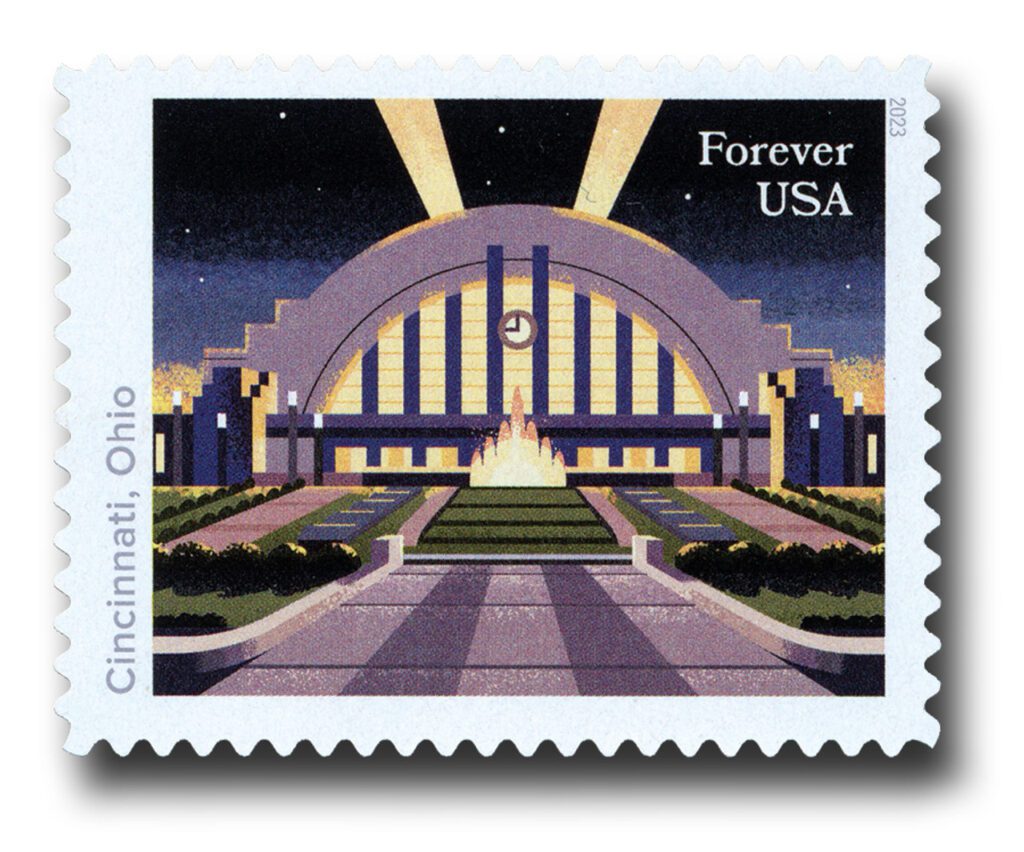On November 5, 1852, the American Society of Civil Engineers (ASCE) was founded in New York City. It became the first national engineering society in the United States and remains one of the world’s most respected professional engineering organizations today.

Civil engineers design, construct, and maintain the essential structures that make modern life possible—dams, bridges, roads, railways, canals, and water systems. In the early 1800s, America’s growing infrastructure highlighted the need for cooperation among engineers and the exchange of technical knowledge. At that time, there were few formal ways for engineers to share ideas or set professional standards.
The first major call for a professional organization came in 1828, when John Kilbourn published the Civil Engineering Journal, a short-lived publication that promoted the idea of forming a national society for engineers. Inspired by the Institution of Civil Engineers in Great Britain (founded in 1818), Kilbourn and others urged the creation of a similar American organization.

Ten years later, in 1838, a group of 13 prominent civil engineers gathered at Philadelphia’s Franklin Institute to propose forming the Institution of American Civil Engineers. Their efforts reflected the nation’s growing pride in massive projects like the Erie Canal and expanding railroad systems. In 1839, another meeting was held in Baltimore, where 40 engineers drafted a proposed constitution. However, the effort fell apart before the society could be officially organized.

The idea remained alive, and in October 1852, Alfred W. Craven, Chief Engineer of New York City’s Croton Aqueduct, took decisive action. Craven was responsible for one of the country’s largest public works projects at the time—supplying New York with clean drinking water—and recognized the importance of collaboration among engineers. He invited fellow professionals to meet and form a new organization devoted to advancing engineering science and improving construction standards.

On November 5, 1852, twelve engineers gathered in Craven’s office at the Croton Aqueduct Department in New York City. They founded the American Society of Civil Engineers and Architects, a professional association open to “civil, geological, mining, and mechanical engineers, architects, and other persons interested in the advancement of science.” Their mission was clear: to promote the exchange of knowledge so engineers could design and build safer, more reliable, and more efficient public works.

The group held meetings regularly until 1855, when activity slowed. The outbreak of the Civil War a few years later put most engineering organizations on hold as many engineers joined military service or worked on wartime infrastructure.
After the war, the society revived under the determined leadership of James Laurie, one of the founding members and a respected engineer. Thanks to his dedication, meetings resumed in 1867, and the organization officially adopted the name American Society of Civil Engineers (ASCE) in 1868. A formal charter followed in 1877, giving the society legal recognition. The founders envisioned engineers not only as builders of physical structures but also as leaders dedicated to improving society and the quality of life for all people.
From its modest beginnings, ASCE grew into a global institution. It became the voice of the civil engineering profession, setting ethical standards, certifying professional achievements, and encouraging innovation. The society publishes numerous technical journals, hosts annual conferences, and operates nine specialized institutes focusing on areas such as transportation, environmental, and structural engineering.
Today, the ASCE continues to fulfill its founding mission of advancing engineering knowledge and promoting public safety. With over 150,000 members in 177 countries, the organization helps shape infrastructure policy, supports education and professional development, and conducts the well-known Infrastructure Report Card, which grades the condition of America’s roads, bridges, and utilities.
From that first meeting of twelve engineers in a small New York office, the ASCE has grown into a worldwide network of professionals committed to building and maintaining the systems that keep society running—an enduring legacy of cooperation, innovation, and service.
Click here for more from the ASCE’s website.
| FREE printable This Day in History album pages Download a PDF of today’s article. Get a binder or other supplies to create your This Day in History album. |
Discover what else happened on This Day in History.





Just a thought, I assumed that Frederick Haynes Newell reinforced the strength and validity of ASCE, after US Congress took over the power of the Bureau of Reclamation to decide the best design of structures of reclamation @ the West of Mississippi River AND their cost values of construction. It became a political fight ever since then. I always enjoyed the architectural and engineering designs of any structure and water controls..such as World Trade Center, Brooklyn Bridge, Vertical Assembly Building , NASA..Hoover Dam and Erie Canal.
Good little write up. The Railroad engineers stamp isn’t representing “Engineer” as in Civil Engineers. My dad would have liked it:)